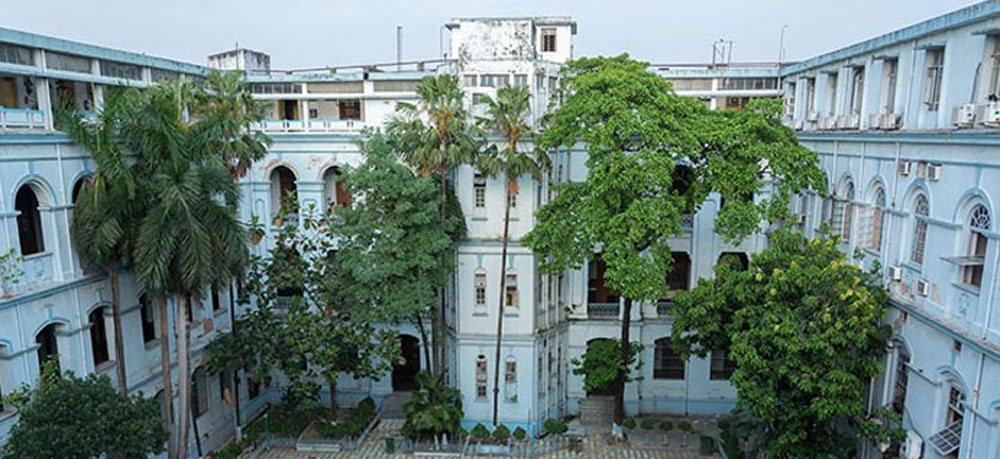Calcutta University cannot increase the number of BTech seats from the 2019-20 session because of infrastructure problems, university officials said on Friday.
The heads of the nine engineering departments met on Thursday at the Rajabazar science college to decide if the proposal of increasing the intake could be executed.
An official who attended the meeting said the main stumbling block was the university’s failure to ready the engineering workshop.
“Although work has started on the university’s technology campus in Salt Lake, the pace is very slow. It will take at least a year to complete the job,” the official said.
“In November, when the proposal was discussed, we had thought work would be over before the start of the session in July.”
At a meeting of the departmental heads in November, it was proposed that the number of four-year BTech seats be increased from 165 to 240.
“The small workshop we use now at the Ballygunge science college won’t be adequate for the increased number of students,” the official said.
At the workshop, engineering mechanics and engineering drawing are taught in the second semester.
Since the Salt Lake campus where first-year classes are held does not have a workshop, students now travel to the Ballygunge science college to use the facility.
The long commute, apart from inconveniencing students, leaves little time for theory classes.
The workshop was set up on the Ballygunge science college campus in 2000 for students of the four-year BTech course in jute and fibre technology.
In 2015, the other eight departments switched to a four-year BTech course from a three-year one.
Since then students of all disciplines have been taking turns to use the workshop on the Ballygunge campus.
At present, 165 students travel from Salt Lake to Ballygunge for lessons in engineering mechanics and engineering drawing twice a week.
“If the number increases to 240, there won’t be enough space for everyone,” a professor of radio physics and engineering department said.
The absence of an adequate number of teachers has come in the way of raising the numbers, the official said.
Earlier this month, the university gave advertisements, seeking applications for teachers in all the nine departments.
“In the absence of teachers, first-year classes are being held with the help of guest faculty. But teachers cannot be recruited till the model code of conduct is in place,” the official said. “If the number of seats is increased, we won’t have enough teachers for the classes.”
Lack of classrooms and laboratories have forced the university to shelve the plan for now, the official said.
Last May, university vice-chancellor Sonali Chakravarti Banerjee had said funds would be sanctioned under the Rashtriya Uchchatar Shiksha Abhiyan to develop the workshop and that work would start soon.
A professor of computer science and engineering asked if funds were sanctioned about a year earlier, why couldn’t the university complete the job on time.
“It seems the university at the moment is concerned with carrying out the renovation work on the College Street campus and is not serious about developing the workshop on the Salt Lake campus,” the teacher said.
Chakravarti Banerjee asked The Telegraph to get in touch with the dean of engineering, Amlan Chakrabarti, when she was asked about the matter.
The dean refused to say anything, though.











